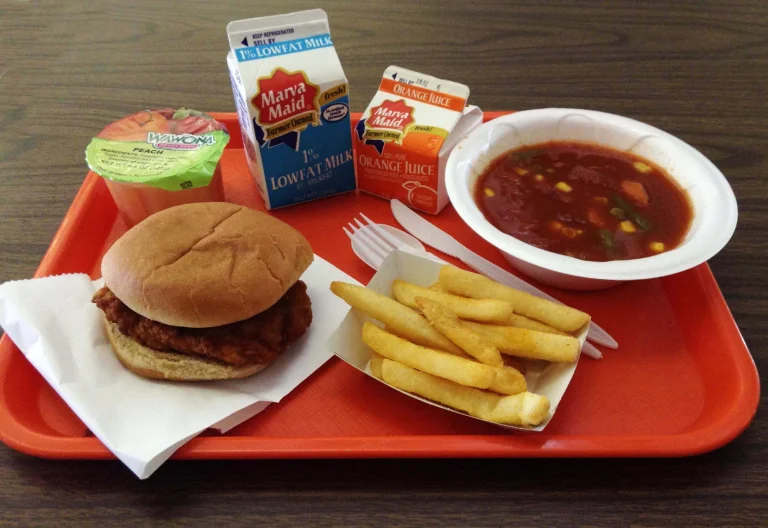The Pros and Cons of a High School Off-Campus Lunch
May 6, 2023
Lunch is an essential part of each student’s day. A delicious nutritious meal is needed to fuel our bodies and help us focus. Although lunch is provided by the school, it’s rarely described as appetizing by students, and it often doesn’t meet many students’ dietary restrictions. Because of this, students have been pleading for off-campus lunch. Polarizing arguments exist surrounding off-campus lunch. Supporters argue it allows students to develop a sense of independence and responsibility while enjoying more satisfying meals. Adversaries argue that off-campus lunch has a negative connotation and raises too many concerns.
There are two glaring reasons why off-campus lunches would pose problems for any school. The first is that school staff cannot guarantee the safety of students outside of school grounds. Students’ actions would no longer be restricted by school personnel, enabling them to act recklessly and irresponsibly, and allowing them to pose potential risks to not only themselves but the neighboring environment as well. For this reason, many objectors view implementing off-campus lunch as hoping students are responsible enough to handle themselves off-site with the same respect they show on school grounds, which, to many, does not seem like a plausible case.
The second reason is that allowing students off campus makes it easier for them to skip classes. Truancy is an apparent problem for nearly all public high schools. According to the United States Department of Education, more than 20 percent of high schoolers are considered chronically absent (missing 18 or more days in a school year). Because schools have no control over students’ whereabouts beyond school doors, off-campus lunches would only further encourage this issue. Who’s to say students won’t intentionally miss periods during their lunch break, if they return to school at all?
That being said, there are ways to implement off-campus lunch that acknowledge both its pros and cons. If it were to be introduced, off-campus lunch should be exclusive to upperclassmen. Juniors and seniors, especially, are beyond the age where they are responsible enough to show respect in public, whether they’re behind or beyond school doors. This restriction would eliminate much of the concern for reckless behavior while off-campus. A second suggestion is the inclusion of a GPA requirement. This would not only limit the number of students being permitted off-campus, but would also give students an incentive to work harder in school. If it is allowed in the future, it should be emphasized that off-campus lunch is a privilege, which can be taken away from students any time the school sees fit. A third suggestion would be the addition of a lunch pass system, similar to ERHS’s current library pass system. Requiring a physical pass for students to enter and exit school would work to combat the obvious security issue posed by allowing people to move throughout campus. Passes would prevent unauthorized students from skipping and provide verification that the students reentering the school are actually attending students.
Additional suggestions like expressed parent and teacher permission and good behavior incentives could also be brought up, among many other solutions. Although it is often debated by school staff, off-campus lunch is a popular and feasible demand among ERHS students. If the alternatives presented above mean anything, the idea of off-campus lunch in ERHS’s future may not be as ridiculous as it seems.






